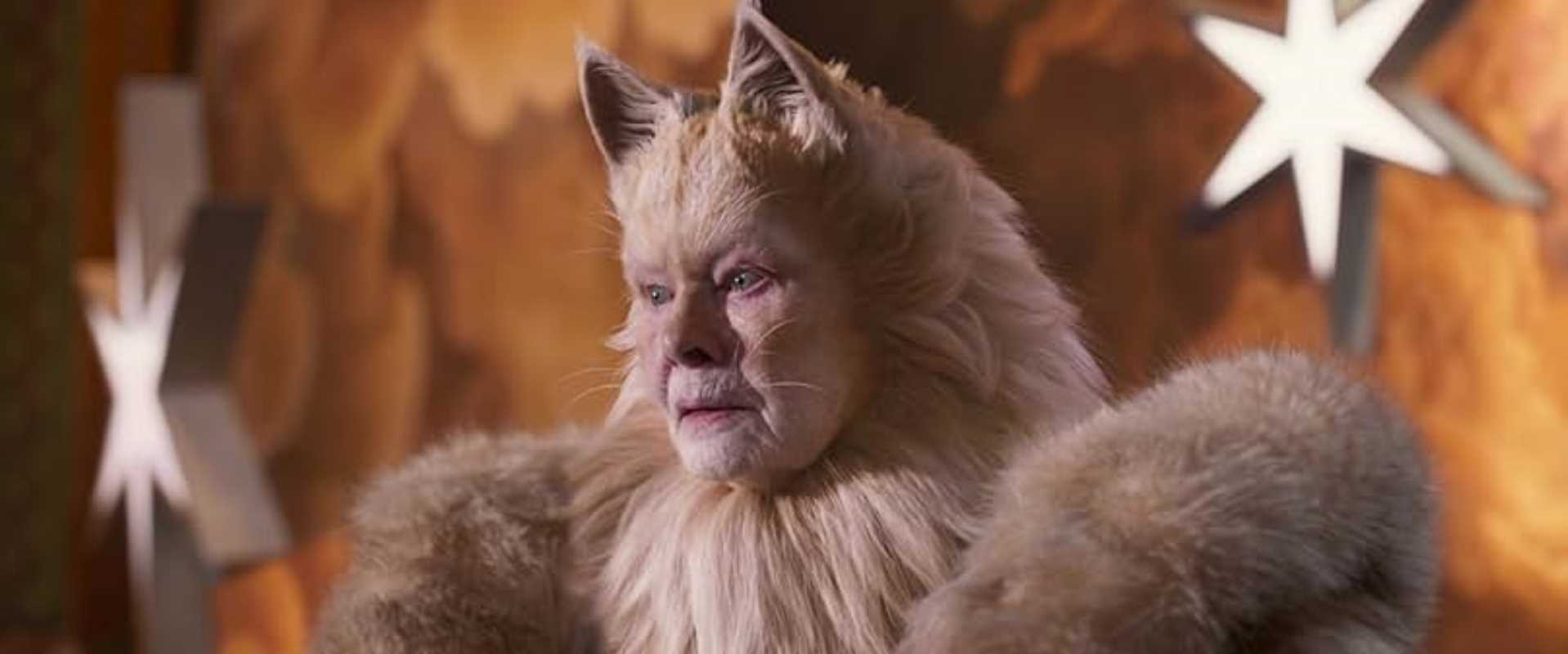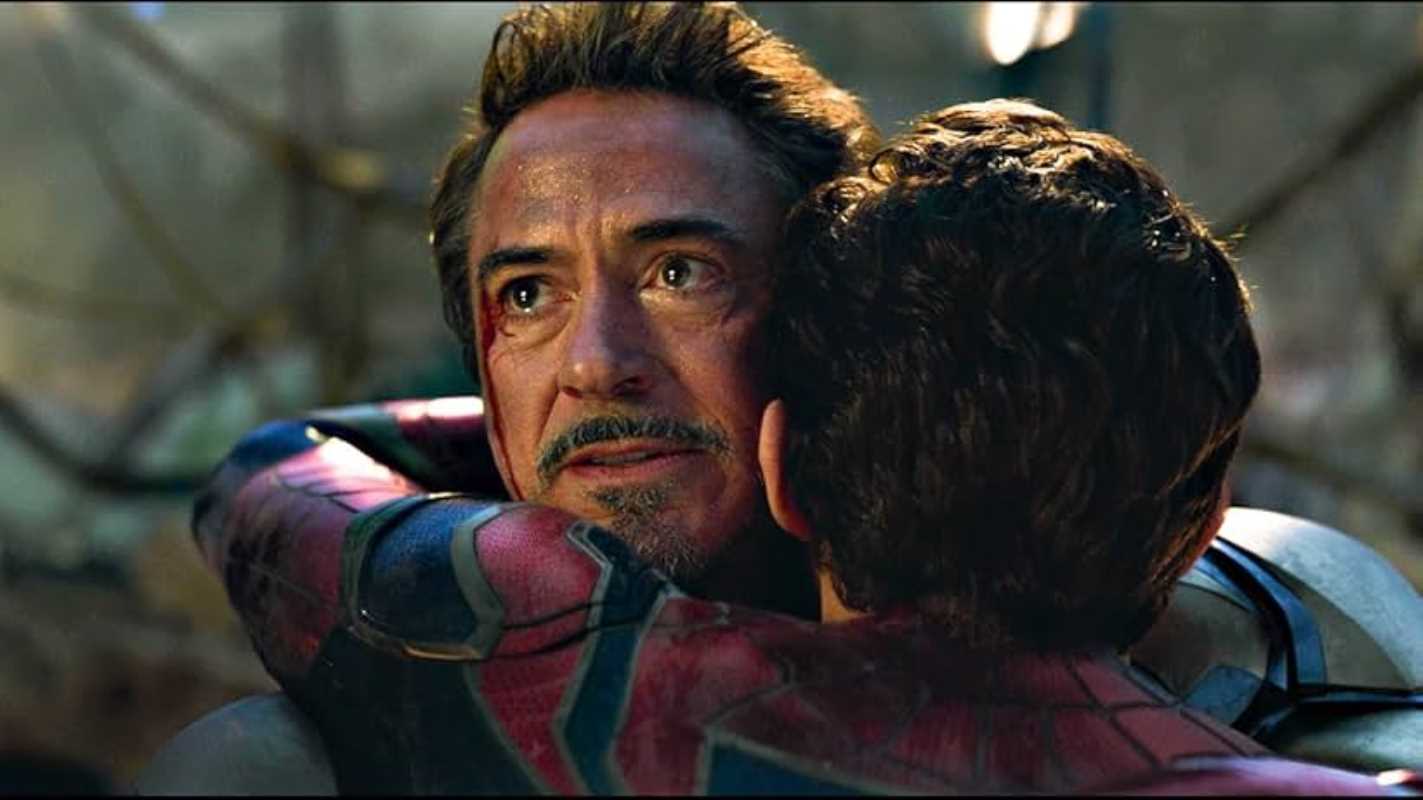Hollywood is no stranger to risk-taking, and sometimes those risks don’t pay off the way studios hope. Lavish budgets, big-name stars, and grandiose ideas don’t always guarantee critical acclaim. Yet, the strange magic of the box office can sometimes surprise us. Some movies that were deemed complete disasters, either by critics, audiences, or even their own creators, have managed to rake in millions. How does that happen? Often, it’s thanks to clever marketing, dedicated fan bases, or sheer curiosity from viewers wanting to see what all the fuss is about. Today, we’re taking a look at some infamous movies that flopped on one front yet triumphed at the bank. Spoiler alert––these films prove that "bad" doesn’t always mean "broke."
1. The Room (2003)
If we’re talking epic failures, The Room is the poster child. Directed, written, and produced by Tommy Wiseau, this film has been widely labeled as one of the worst movies of all time. The dialogue is bizarre, the acting unnatural, and the plotlines are scattered to a point that feels almost surreal. Critics shredded it to pieces, and its original box office earnings barely scratched $2,000.
But here’s the twist. Over time, The Room found a second life as a “so-bad-it’s-good” masterpiece. Fans started attending midnight screenings, reciting the movie’s absurd lines, and tossing plastic spoons (an inside joke from the film). Wiseau’s unintentional comedy gold turned into a cultural phenomenon, making millions in cult screenings and DVD sales. It’s a great example of how public perception can transform a disaster into a goldmine.
2. Cats (2019)
When the Cats trailer premiered, the internet went wild, and not in a good way. The digitally rendered characters, with their human-cat hybrids, unsettled audiences instead of enchanting them. Based on the famous Broadway musical, this adaptation was supposed to be a glamorous spectacle with an A-list cast, including Taylor Swift, Idris Elba, and Judi Dench. Instead, it became fodder for memes and ridicule.
Despite scathing reviews (one critic called it “a hairball of a film”), Cats managed to claw its way to $75 million worldwide. Curiosity played a huge role. People wanted to see the cringeworthy “digital fur technology” for themselves. Then there were the audiences loyal to the stage musical who showed up out of nostalgia. Sometimes, chaos and controversy are all a movie needs to rake in cash.
3. Waterworld (1995)
Kevin Costner’s post-apocalyptic epic Waterworld is legendary for its behind-the-scenes drama. The film faced endless production issues, including bad weather and ballooning costs that made it the most expensive movie of its time. The final product didn’t fare much better. Critics derided the story as bloated and uninspired, and it became a running joke about Hollywood excess.
Still, Waterworld made about $264 million at the worldwide box office. While it didn’t turn a massive profit right away, it found financial success over time through TV replays, home video sales, and merchandise. Costner’s star power and the curiosity sparked by its “doomed” reputation drew in global audiences who just had to see the chaos unfold.
4. Batman & Robin (1997)
If you’ve heard quotes like “What killed the dinosaurs? The ice age!” while someone rolls their eyes, you’ve come across Batman & Robin. Joel Schumacher’s neon-splashed take on Gotham City is infamous for its over-the-top performances, especially Arnold Schwarzenegger as Mr. Freeze spouting groan-worthy puns. The movie’s campy tone clashed with expectations for a gripping superhero movie, and fans of Batman comics were not pleased. Critics panned it, and George Clooney himself apologized for his role in the movie!
Yet, the film earned $238 million worldwide on a $125 million budget. It didn’t save the franchise (they shelved the series for years), but it was still a financial success because of toys and tie-in merchandise. The movie acted as an ad for action figures, vehicles, and Happy Meals, which boosted its revenue and helped it scrape by as a “win” on the financial side.
5. The Last Airbender (2010)
When M. Night Shyamalan adapted the beloved Nickelodeon series Avatar: The Last Airbender, fans had high hopes. Unfortunately, the film didn’t live up to the original show. Critics tore apart the wooden acting, rushed plot, and clunky dialogue. Even the title upset people (changed from Avatar to avoid confusion with James Cameron’s Avatar). To fans, it was a betrayal of everything they loved about the animated series.
And yet, The Last Airbender pulled in $319 million worldwide. Part of this came from devoted fans of the original show who watched it in theaters despite the negative reviews. International markets also performed well, especially in places with less attachment to the series. Add in 3D ticket sales, and it’s clear that a bad adaptation doesn’t always mean financial doom.
6. Fifty Shades of Grey (2015)
Launched from a series of books that began as Twilight fanfiction, Fifty Shades of Grey was destined to stir up debate. Critics labeled the romance between Christian Grey and Anastasia Steele as shallow and problematic, and some outright branded it trashy. But that didn’t matter at all to fans of the novels.
The movie became a massive box office hit, earning over $570 million globally on its $40 million budget. Loyal readers of the book flocked to theaters to see their guilty pleasure come to life. Combined with brilliant marketing campaigns teasing the “steamy” romance, the film capitalized on its controversial reputation. Love it or hate it, the world couldn’t stop talking about it, and that chatter kept cash flowing.
Why Do These “Failures” Still Earn Millions?
It might seem confusing at first. How can a movie flop critically but succeed financially? There are a few key reasons.
- Curiosity and Hype - Sometimes a movie is so polarizing or bizarre that people feel the need to experience it, just to see what everyone’s talking about. It’s human nature, like rubbernecking at a car crash.
- Established Fanbases - Even if a movie disappoints, fans of the original material or big-name stars may still show up in droves. Look at The Last Airbender. Love of the show didn’t guarantee quality, but it guaranteed ticket sales.
- Marketing and Merchandising - Good advertising can mask a bad movie, at least in the short term. And for family films or franchises like Batman & Robin, merchandise sales can often make up for mediocre reviews.
- International Markets - U.S. critics don’t always reflect worldwide tastes. A movie that flops domestically might still clean up overseas, especially with the added push of 3D or IMAX screenings.
Nobody sets out to make a “bad” movie. These examples show that failure isn’t always the end of the story. A film can flop with critics, face public backlash, or even become a punchline and still walk away with a fortune. Whether it’s through marketing genius, fan loyalty, or unintentional comedy, these epic failures make one thing clear. Hollywood isn’t just about art. It’s also about business, and sometimes, bad can still be bankable.
 (Image via
(Image via

.jpeg)



